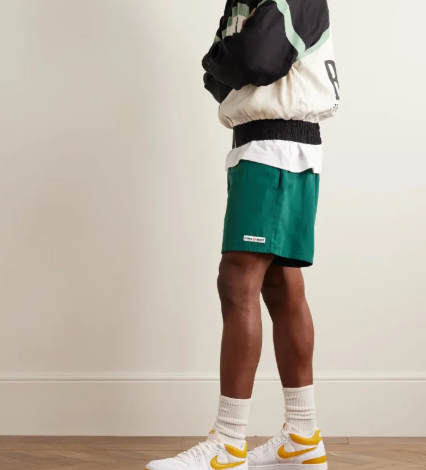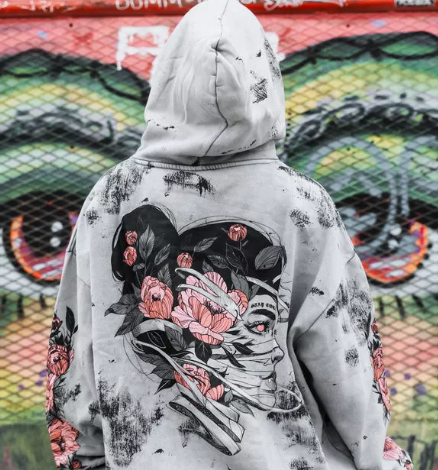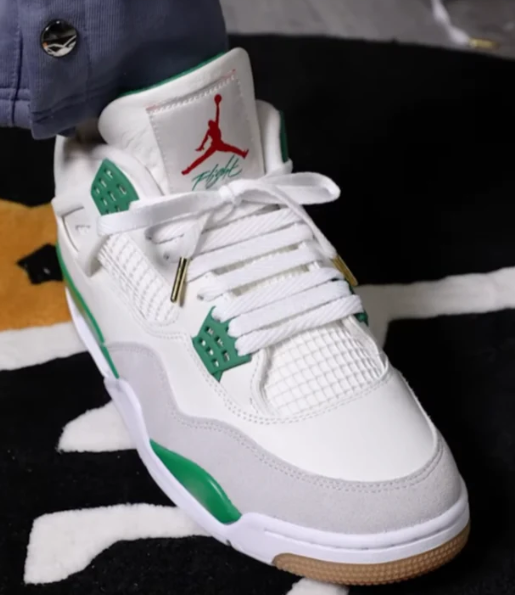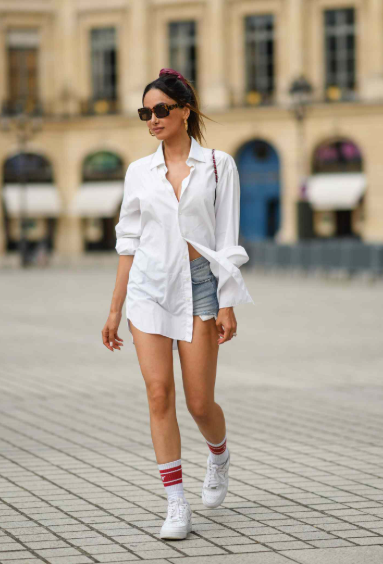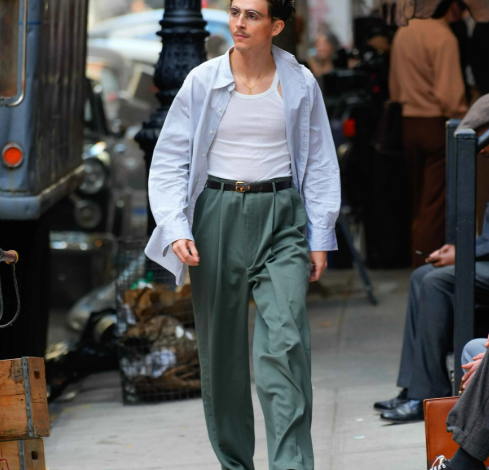
2024’s Defining Streetwear Moments
Streetwear once again proved its cultural dominance in 2024, shaping trends across continents and redefining the fashion landscape. With unexpected collaborations, throwback revivals, and a shift toward sustainability and innovation, this year marked a significant chapter in the evolution of urban style. Here’s a breakdown of the key moments that made 2024 unforgettable for streetwear enthusiasts.
1. High-Profile Collaborations Took Center Stage
This year, the boundary between luxury fashion and street culture continued to blur. Collaborations between established fashion houses and streetwear labels gained global attention, combining craftsmanship with street-level appeal. While major pairings like Supreme with luxury brands sparked buzz, smaller names also gained recognition by teaming up with big players—proving that creative partnerships, big or small, are driving forces in the scene.
2. Y2K Styles Made a Loud Return
The early 2000s came roaring back into focus with vibrant hues, oversized silhouettes, and throwback accessories. Brands leaned into nostalgia, reviving bold logos, wide-legged pants, and vintage sneaker designs. Y2K fashion became more than a passing trend—it was a full-blown streetwear aesthetic embraced by a new generation.
3. Eco-Conscious Fashion Went Mainstream
Sustainability moved beyond buzzword status. A growing number of labels shifted toward recycled materials and transparent sourcing. Whether through eco-friendly capsules or permanent collections, streetwear brands took serious steps toward reducing their environmental footprint. Consumers responded positively, pushing ethical fashion to the forefront of the conversation.
4. Technology Reimagined the Shopping Experience
Augmented reality and digital fashion reached new levels in 2024. Shoppers could preview outfits in real time using virtual fitting tools, while limited-edition digital pieces offered exclusivity in the metaverse. These innovations made fashion more interactive and accessible, opening new possibilities for how people engage with streetwear.
5. Timeless Essentials Continued to Thrive
Despite the rise of tech and digital fashion, core streetwear staples remained dominant. Oversized hoodies, utilitarian jackets, and retro caps were everywhere. Acid-washed zip-ups and thick-soled sneakers made notable returns, reaffirming that comfort and wearability are still central to the streetwear identity.
6. Social Platforms Powered the Movement
TikTok, Instagram, and other platforms played a pivotal role in popularizing daily looks, trend forecasting, and brand discoveries. Creators built loyal followings by showing off personal styling hacks and fit breakdowns, while trending hashtags helped small brands gain visibility in a crowded space.
7. Global Cities Emerged as Creative Hotbeds
While legacy fashion capitals remained influential, newer scenes came to life in 2024. Designers and creatives from cities like Lagos, Seoul, and Mexico City introduced fresh takes on street style, showcasing regional flair and challenging traditional definitions of global fashion hubs.
Looking Ahead to 2025
As we move into the new year, streetwear is poised to evolve even further. Sustainability, tech integration, and cross-cultural fusion are likely to remain key drivers of innovation. With more voices contributing to the narrative and creative risks being embraced, the future of streetwear is looking both exciting and unpredictable.

